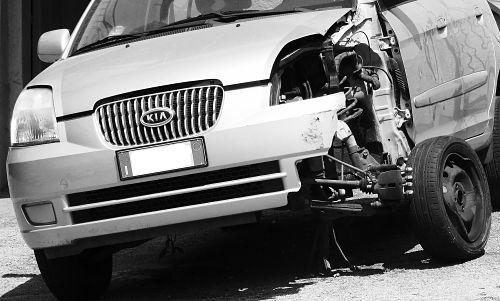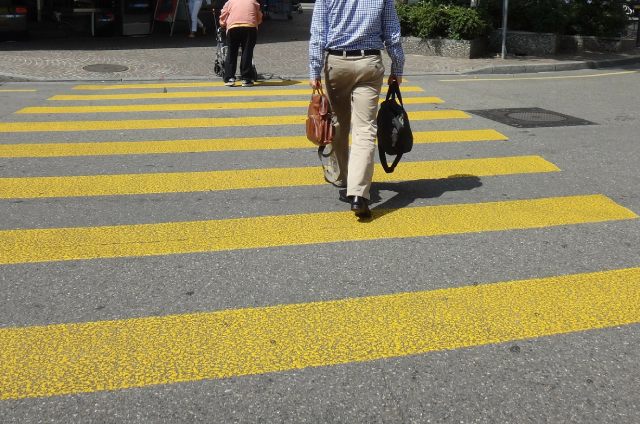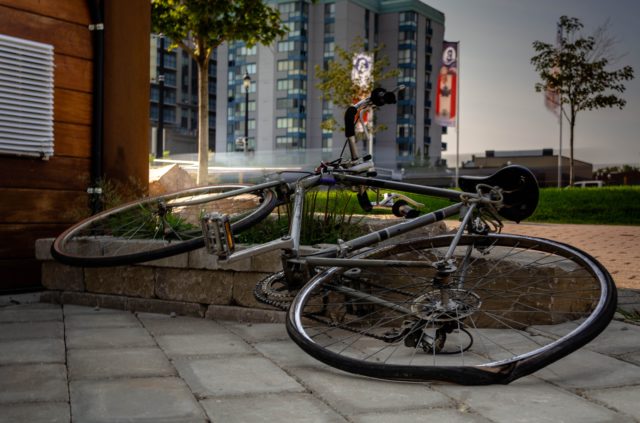Car accidents can be tragic. They may cause injuries, extensive property damage, and death. Knowing what to do after an accident is important.
While the injured person is seeking medical attention, they should have someone to care for them. Before leaving the accident scene, try to gather as much evidence of it as you can. Take photos and witness accounts. Contact the local police and ask for their report. The information will help you when seeking compensation. If the person dies, you need to initiate other procedures. You can start a claim for wrongful death if the accident was caused by the driver’s negligence. Speak to an attorney and they will help you understand what to expect in court for car accident.
What Happens When Someone Dies in a Car Accident?
When someone dies in a car accident, the death is considered a result of the crash. It does not matter what caused the accident or how much damage was done. In every death during a car accident, there is always someone that can be held liable.
A few things will be analyzed to determine if the death could have been prevented. Some of the important things that may be analyzed include; the driver’s compliance with existing laws, their driving habits, the influence of drugs or alcohol, and other factors that may have contributed to the accident.
Every case is different and each one of them requires special information. The accident may be associated with criminal charges such as; involuntary manslaughter and manslaughter.
Types of Fatal Accidents
If a passenger or the driver that is hit dies suddenly, the accident is called a sudden death car accident incident. These types of accidents happen a crash is severe. It involves large vehicles or high speeds.
If a victim does not die immediately, the accident is known as eventual death fatal accident. The injuries may not cause death but surrounding events do. The accident is still considered the cause of the accident.
What to Expect in Court for Car Accident
Litigation with a fatal car accident depends on whether it is necessary to press civil charges for compensation. A suit is necessary to initiate the possibility of recovery. The dependents of the person who died can get assistance with; medical charges, funeral costs, and loss of income.
Consult a lawyer and they will review your case. They will consider the evidence you have and details of your accident. They will advise you on whether to go to court or seek compensation out of court. A good lawyer will explain what happens when someone dies in a car accident.
If you have been involved in a fatal car accident, do not blame yourself. You should seek legal help as soon as possible. Seek help from the Law Office of Robert Littlefield Buford III. We are a specialized practice that deals with personal injury and criminal defense cases in Austin. We provide you with fair and effective representation at fair rates. Contact us today and get the representation that you need.







Recent Comments